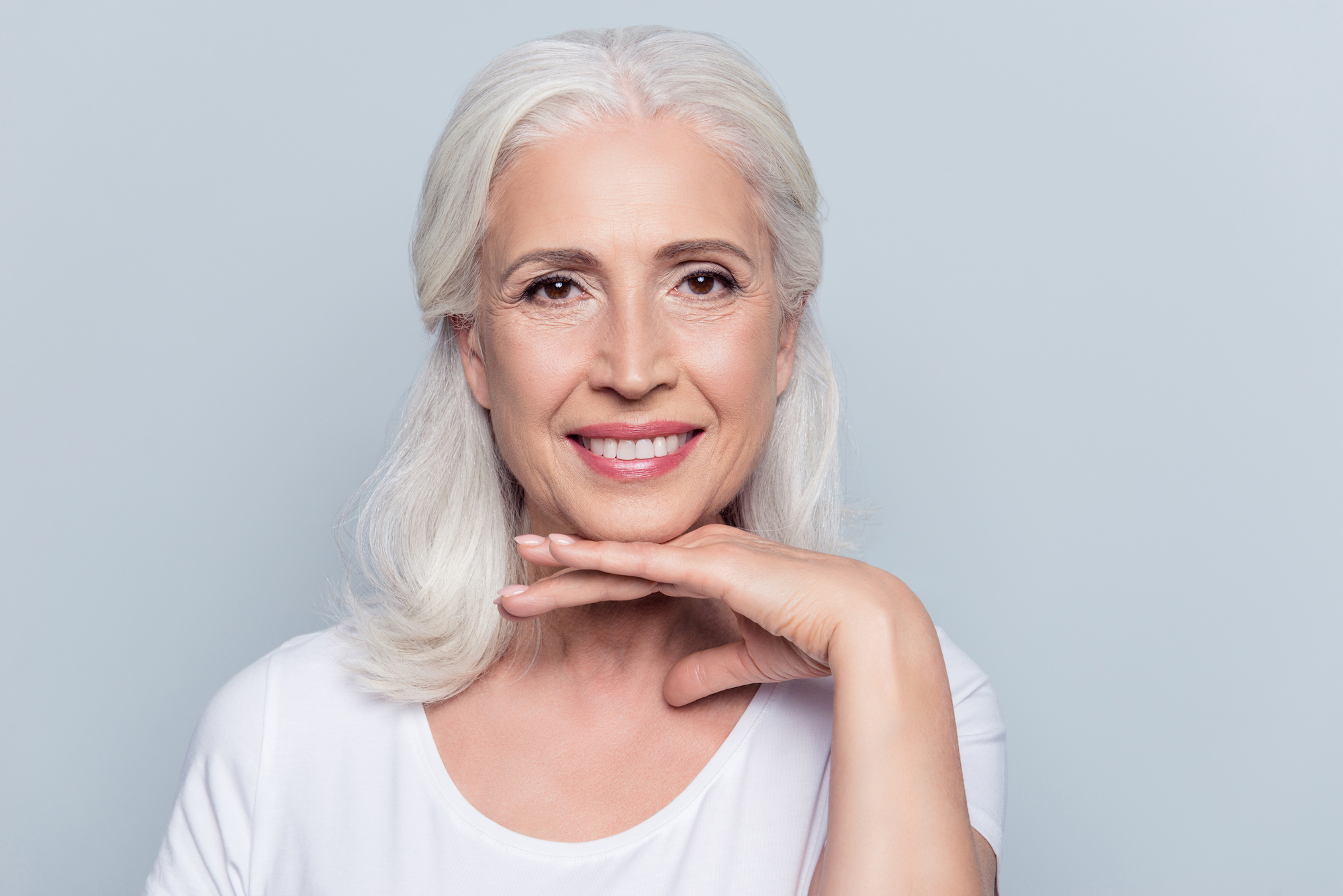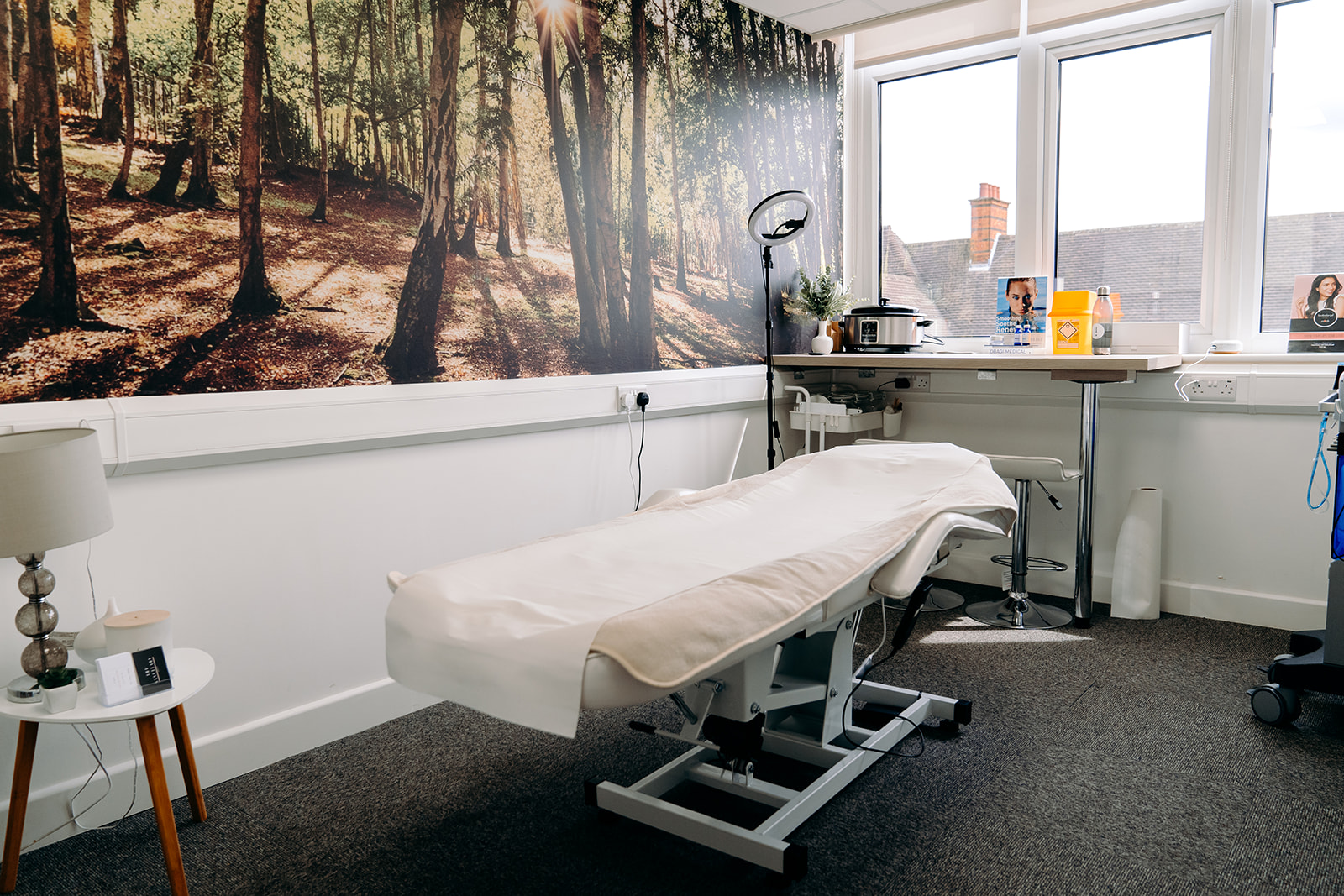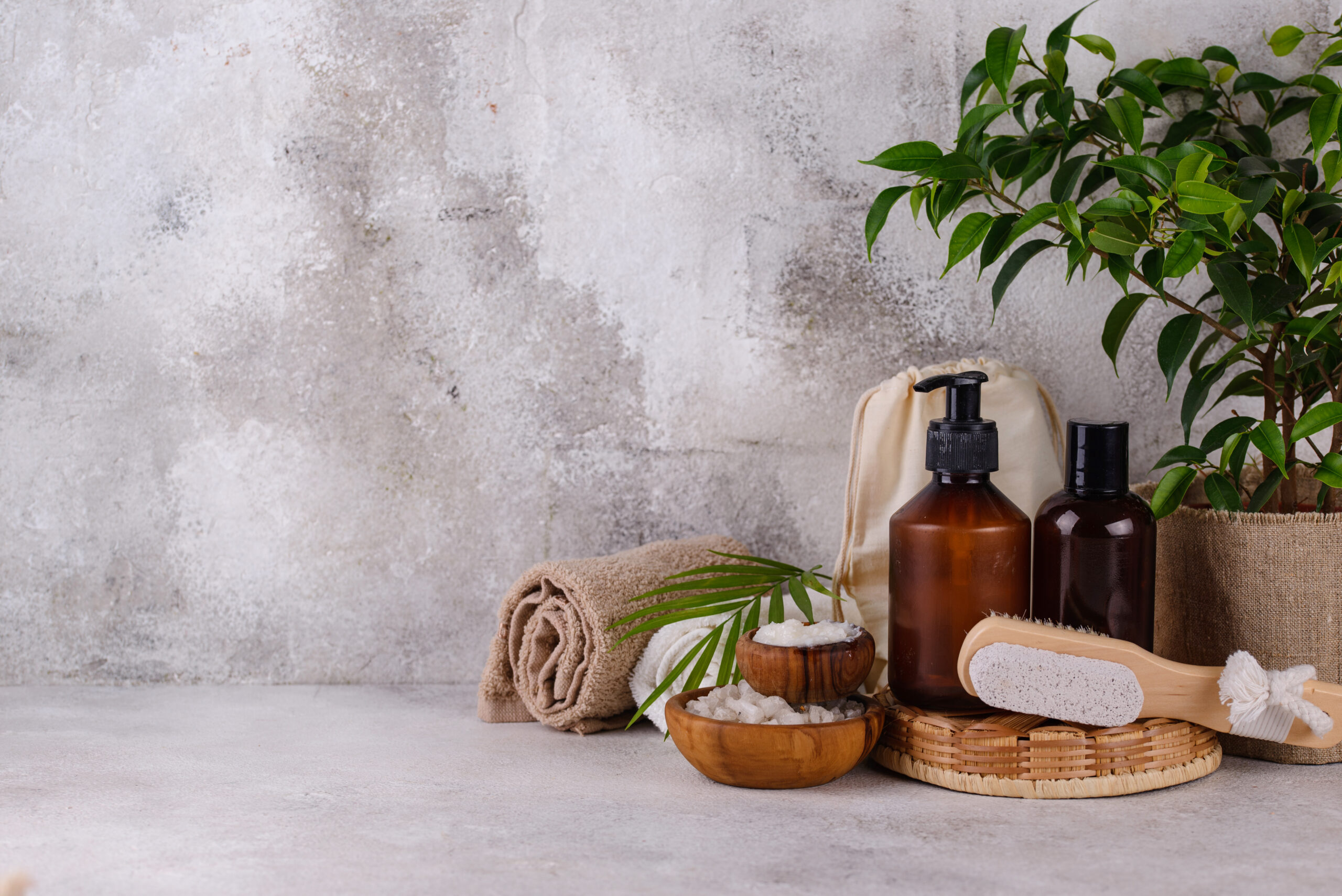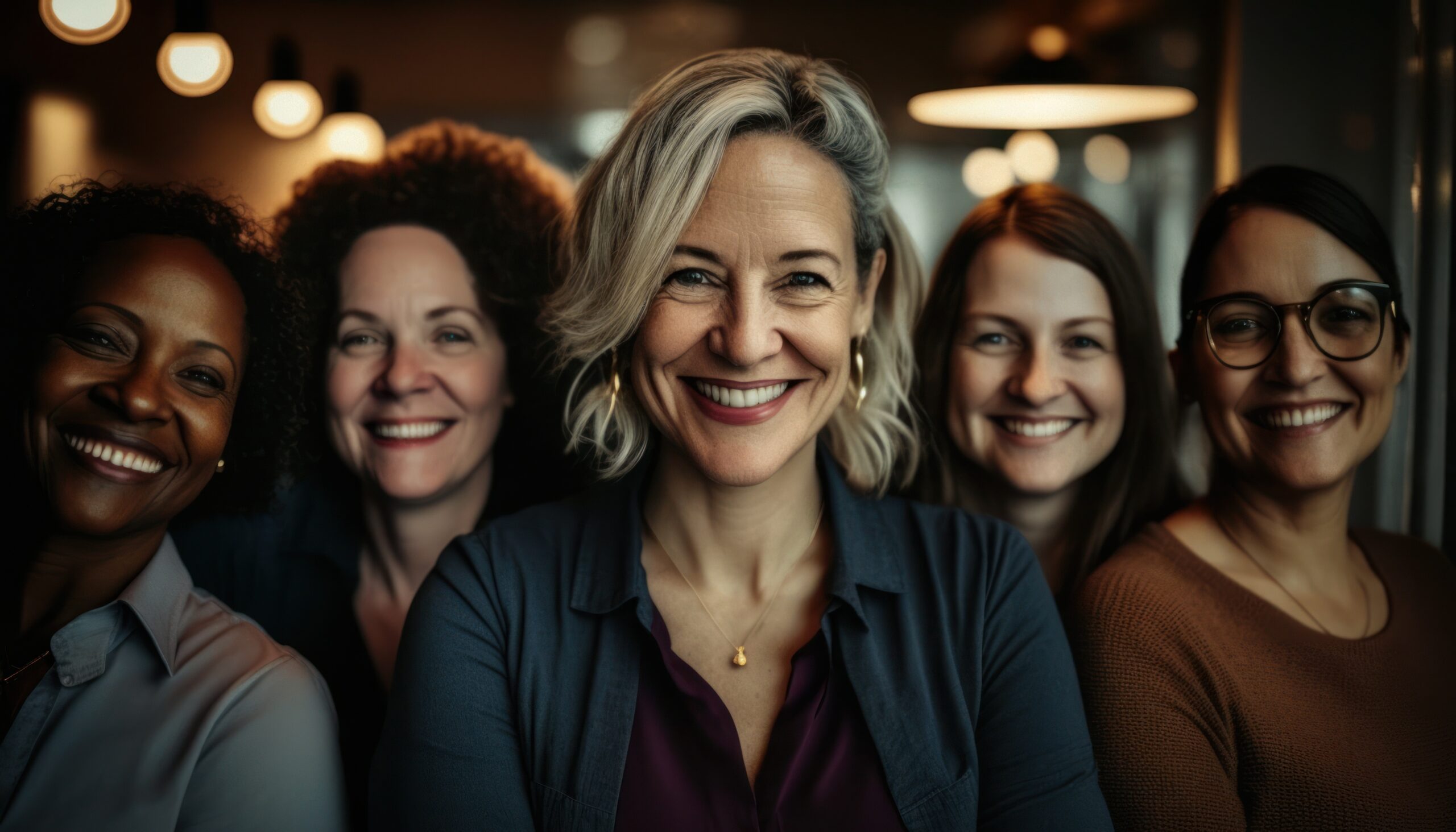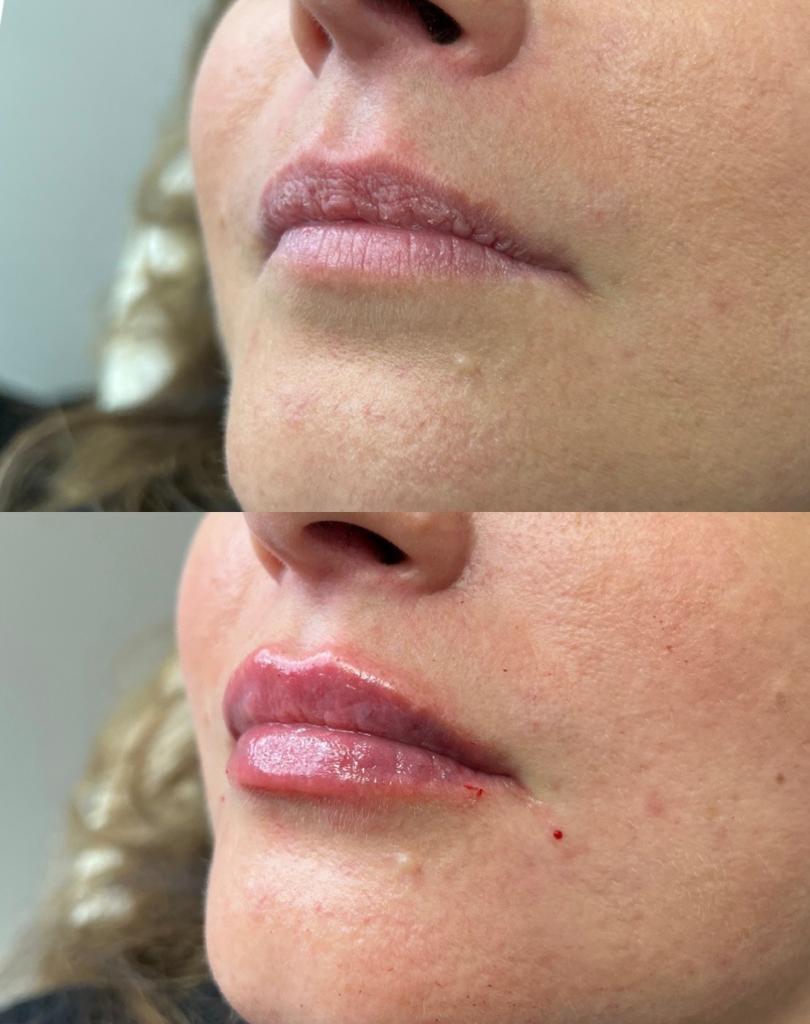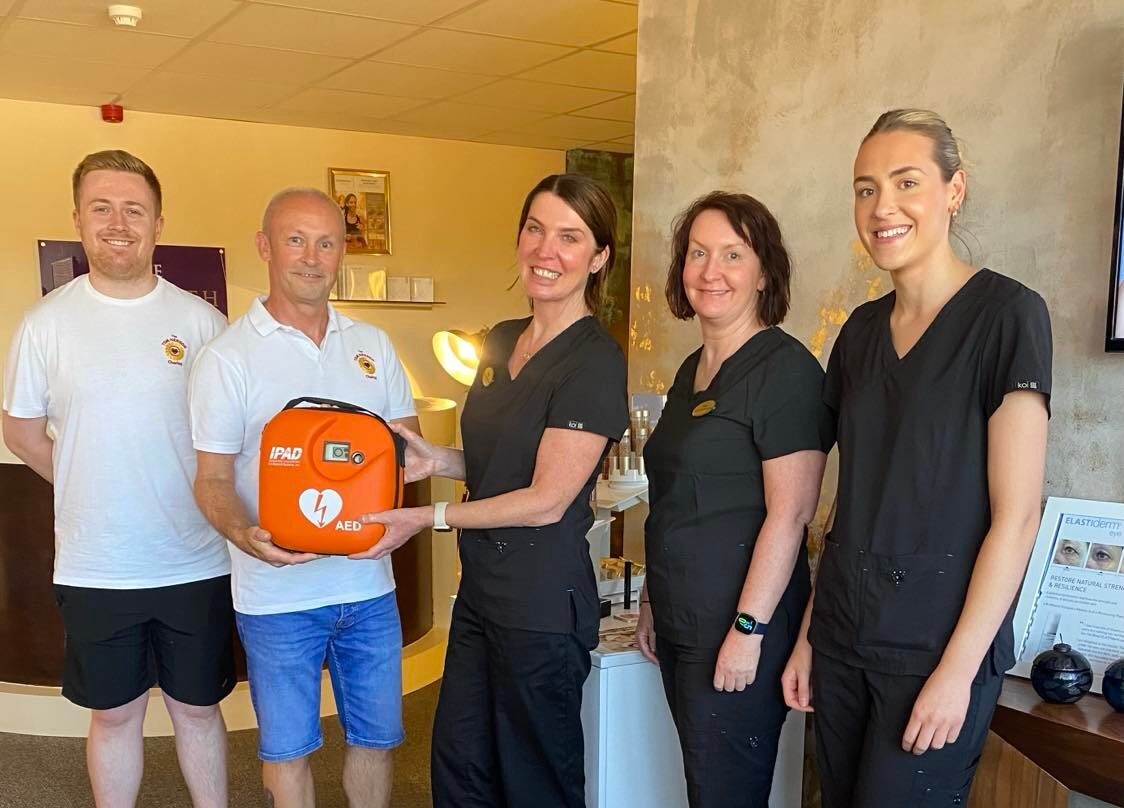Sun, skin and ageing: Staying safe in the sun
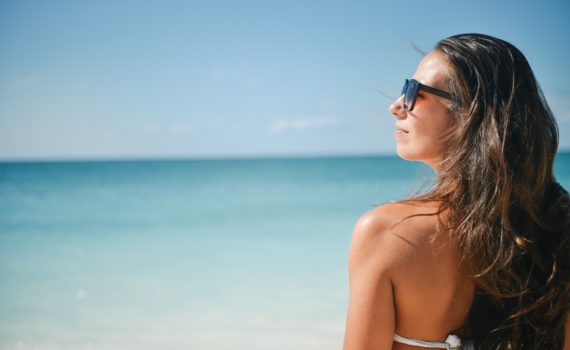
2018 has served us a curve ball by giving us the longest heatwave in 40 years! With sun-induced serotonin (a natural antidepressant which elevates mood and alleviates anxiety) we’re all without a care in the world – but that doesn’t mean you should forget about your skin.
UV rays from the sun are the primary cause of wrinkles, pigmentation, sun spots, reduced skin elasticity, the degradation of skin texture, and many other signs of skin aging. In a report by The World Health Organisation (Sun Protection: A Primary Teaching Resource), it identified that up to 90% of the visible changes commonly attributed to ageing may be caused by sun exposure.
By following my simple tips and advice, however, you can maintain your skin health, get that all important golden glow and enjoy your time in the sun.
Wear sunscreen all year round
Just because the sun isn’t beaming down, doesn’t mean that the harmful UV rays aren’t still present. Modern sunscreens are available with light, invisible ingredients and can even make a great primer for your foundation. There are some incredible, lightweight formulations from ZO Skin Health, available to buy from The Goldsmith Clinic, and which create a barrier against environmental ageing factors while sitting brilliantly under makeup. Make sure you pay particular attention to the apples of your cheeks, the bridge of your nose and the eye area as these are the most exposed and often display the first tell-tale signs of sun-related ageing. Remember your neck and décolletage as well.
Use the right kind of sunscreen
It’s important to check that your sunscreen of choice offers protection against both UVA and UVB radiation. UVB rays are usually the culprit behind classic sunburn as they only penetrate the top layer of skin, however UVA rays cause deeper damage in the form of wrinkling, age spots and cause leathery skin. I recommend using a daily SPF of 20, more if you are in the sun.
Seek shade
Never has there been a better opportunity to let your inner Hollywood siren emerge. A big hat and some killer shades are a must to keep the sun off your face.
Sunglasses are much more than just a fashion statement. They’re also an excellent form of sun protection. Make sure that they’re rated UV400 or more for maximum benefit. Wearing sunglasses protects the sensitive eye area from the sun’s harmful UV rays preventing Crow’s Feet and collagen depletion in the tear troughs – they also protect the retina from excessive sun exposure which can contribute to cataracts as we age.
Say ‘no’ to the Prosecco
Alcohol and the sun just don’t mix where your skin is concerned. When you drink alcohol your skin can become dehydrated, leaving it looking older and tired. Our bodies produce natural moisturisers which help to maintain the elasticity and volume in the skin from within, for these natural wonders to function appropriately you must drink around two litres of water every day – and even more if it’s particularly warm out or you’re very active. Drinking plenty of water will also help keep your skin cells fully hydrated and allow for a more effective repair process after sun exposure, as your skin will have better access to the nutrients needed to repair any sun damage.
Fake it ‘til you make it
Long-gone are the days of the bright orange ‘Tangoed’ tan. Self-tanners are now advanced formulations capable of providing a natural looking glow without stepping foot in the sun. I would personally recommend opting for a moisturising, non-tinted formulation to give you a gradual tan without turning your towels and bed sheets into abstract artwork. Just remember, self-tanners offer no sun protection so you still need to apply sunscreen.
Know what to do if you get caught out
If all else has failed and you’ve still managed to burn your skin, it’s important that you know how to treat your skin post-exposure. The red or ‘burnt’ skin that is characteristic of too much sun is an indicator of severe damage. The redness is caused by the body’s inflammatory response which kicks into action in an attempt to heal the skin and ‘kill off’ any cells which may have had their DNA altered and become cancerous – yes, it is as serious as it sounds.
- Firstly, take a shower. Showering will remove any contaminants such as pollution, chlorine and salt which may hinder your skin in the healing process
- Pat yourself dry after showering and apply a thick, fragrance-free moisturiser to replenish the skin’s moisture levels
- Drink plenty of water to help your body rehydrate the skin and produce new, healthy skin cells
- Stay out of the sun. Don’t go anywhere near that sun lounger for as long as possible – no matter how much sunscreen you’re wearing
Get in touch here to learn more about staying safe in the sun and discuss your anti-ageing treatment plan to reverse common signs of photoaging such as Crow’s Feet, Dark Circles and age spots and hyperpigmentation of the face and hands.
